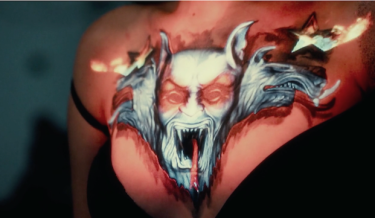Related post
Codex Anima Mundi – Interview with FUSE*
Mar 14, 2016
|
Comments Off on Codex Anima Mundi – Interview with FUSE*
3114
Tattoos Transform into Moving Images with Ink Mapping
Oct 26, 2015
|
Comments Off on Tattoos Transform into Moving Images with Ink Mapping
4340
103 Paper Pyramids Come Alive When Origami Meets 3D Light Art
Oct 12, 2015
|
Comments Off on 103 Paper Pyramids Come Alive When Origami Meets 3D Light Art
5666







